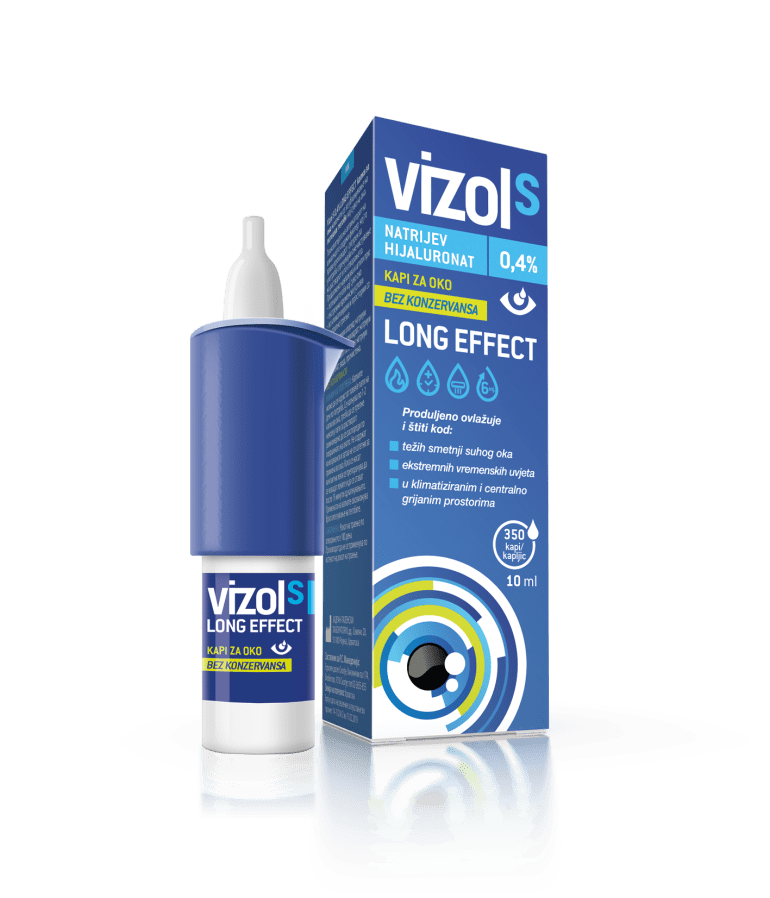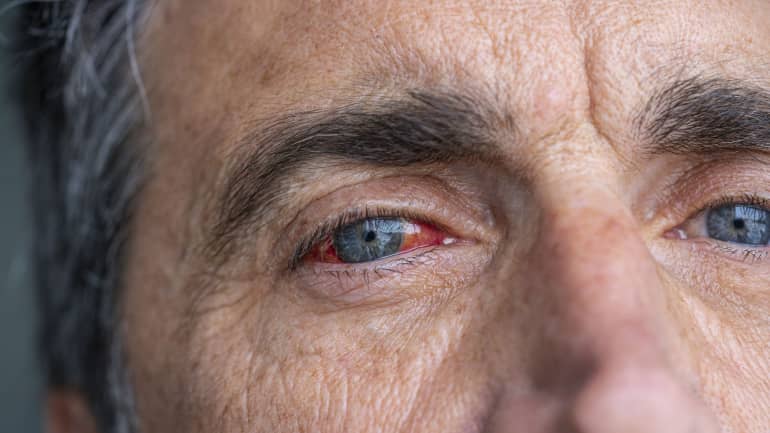The cause of the dry eye are quantitative or qualitative changes in the tear film or its evaporation. Clinical practice shows that quantitative changes are relatively rare. The most common cause of dry eye is tear film evaporation due to the lack of one of its components. The cause can also be an irregular surface of the eye. Depending on the cause, the symptoms of dry eye are divided into two large groups, hyposecretory and hyperevaporative dry eye.
We observe changes in the tear film, in terms of its volume, clarity, the method of distribution on the surface of the eye and its composition. The degree of dryness can be mild, moderate or severe. Depending on the degree, we can also observe the occurrence or the accentuation of symptoms such as tingling sensations, felling of sand in the eyes, redness…
The first step in solving this problem is to compensate for the lubrication that the eye loses in this case.
Working at a computer and staying in spaces with dry air will certainly worsen the situation. Pharmacological therapy and ageing may further accentuate the symptoms of dry eye. In addition to subjective discomfort, dry eye usually does not cause more severe eye disorders. However, consider possible complications as well:
- Allergies – due to poorer ability to rinse allergens from the surface of the eye, worsening of the symptoms is possible. It is necessary to take into account the need to wash the surface of the eye with artificial tears and in that case we will administer more tear drops of lower viscosity.
- Creation of scars – a rare disorder that is a result of the more severe case of dry eye.
- Infection – dry eye has a weakened eye surface protection and may result in viral, bacterial, chlamydial and/or Acanthamoeba superinfection.
Artificial tears are the first choice for treating dry eye symptoms.
Artificial tears with sodium hyaluronate are particularly widespread in Europe and Japan and are recognized due to the long-lasting nature of the film they create on the surface of the eye, as well as the regeneration of the epithelial cells of the surface of the eye.







